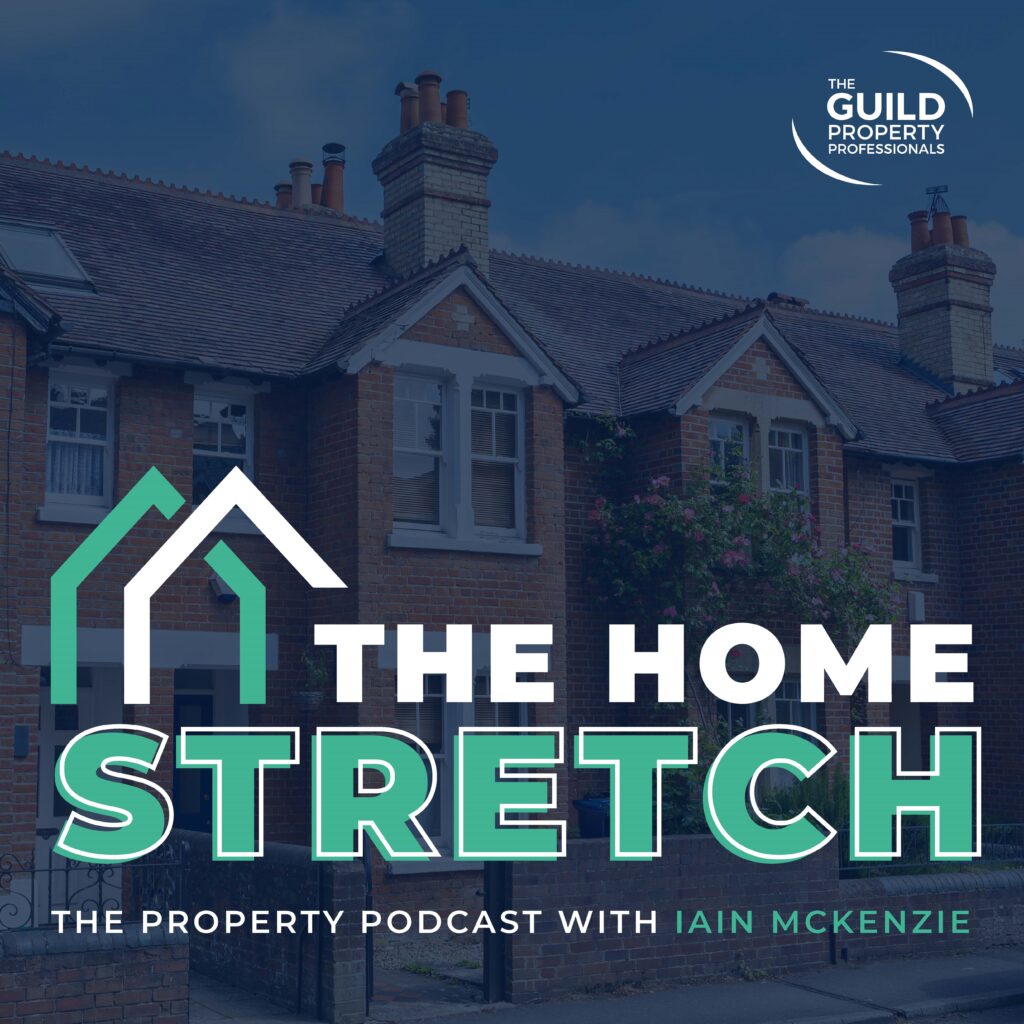
“The Building Safety Act is one of the most confusing pieces of property legislation I have seen in my nearly 50-year career.”
These are comments from Rob Hailstone, CEO of The Bold Legal Group, who is the latest guest on The Home Stretch podcast. Discussing the matter with Iain McKenzie, CEO of The Guild of Property Professionals, Hailstone says that the Act is an extremely complicated piece of legislation that does not appear in a single concise and clear document.
The Building Safety Act is said to make ‘ground-breaking reforms’ to give residents and homeowners more rights, powers, and protections in a bid to make homes across the UK safer. However, Hailstone says that much of the Act is unclear and many of its requirements ill-communicated.
“The Act is understandably worrying and confusing conveyancers with some not acting on leasehold properties as a result. Many chains will have a leasehold property within the transaction that is impacted by the Act, so this could result in the entire chain being negatively affected if there is a delay. Based on what I have seen, I think the coming months will see more and more transactions almost grind to a halt or collapse completely,” Hailstone comments.
McKenzie believes that this is cause for concern, especially with the conveyancing process already taking longer than ever, and the Act potentially going to delay things further.
Hailstone says that the intention of The Act at its core is honourable, believed to be brought in as a result of the awful tragedy that unfolded at the Grenfell Tower. “We know that cladding for example, has been an issue for some time now, the Building Safety Act follows on from the EWS1 certificates,” he adds. “With the Act, I think what the government is trying to do is make sure that no leaseholder is unfairly liable for the cost of any building safety work, whether that be cladding or other issues including some fire requirements. It delivers far-reaching protections for qualifying leaseholders from the costs associated with remediating historical building safety defects, and an ambitious toolkit of measures that will allow those responsible for building safety defects to be held to account.”
He notes that the government wants all leaseholders to complete a leaseholder certificate, which they are required to do to be protected by the Build Safety Act, irrespective of whether they are in the process of selling their property. A deed of certificate confirms whether they are eligible for the leaseholder protections. They can choose to complete and send a deed of certificate to their landlord at any time. They must complete a deed of certificate if their landlord notifies them that they require one, either because they are selling their property or there is a relevant defect in the building. If they do not complete it, they will not benefit from the protections for qualifying leases.
“For a building to be defined as a ‘relevant building’, it must be at least 11 metres in height or has at least five storeys (whichever is reached first). There are other criteria, however, the first problem of many is how do you establish the height of the building? Nobody seems to want to take responsibility for determining the height of the building,” Hailstone comments.
In the podcast episode, McKenzie and Hailstone go onto discuss several other potential issues with the Act, as well as guidance for property professionals.
To hear this conversation in full, visit The Home Stretch podcast.
